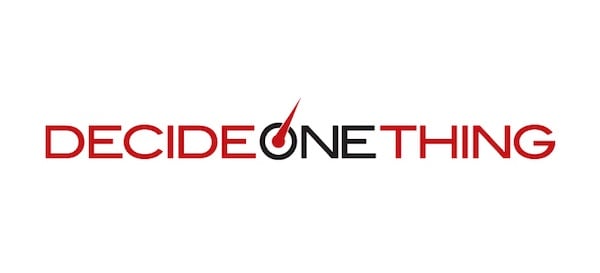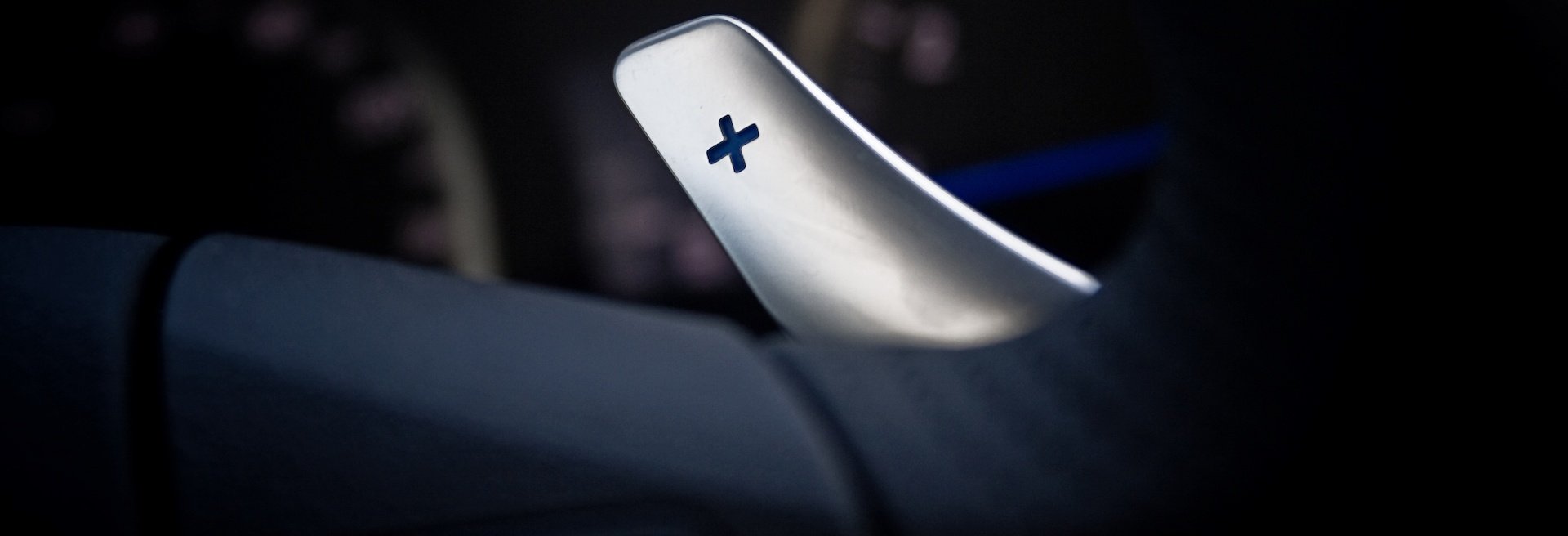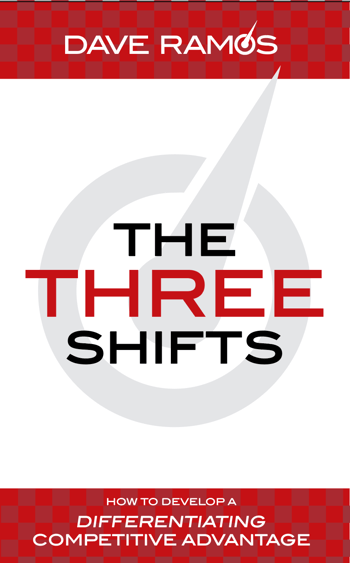SHIFT #1: DECIDE ONE THING
Every company does lots of things.
Sadly, most never become truly great at anything.
In 1990, C.K. Prahalad and Gary Hamel introduced the idea of corporate competencies in a Harvard Business Review article entitled, “The Core Competence of the Corporation.”
More recently, Strategy&, the strategy consulting arm of PwC, advised companies to develop a set of “differentiating capabilities.” However, they do so with a word of caution:
“Too many companies don’t identify the few cross-functional capabilities they need to excel at in order to deliver on their value proposition. Not being clear about those capabilities, functions often decide to pursue functional excellence in silos. They strive to be world-class at everything they do, but often spread their resources too thin, and they don’t excel at anything.”
We strongly agree.
That is why we advise companies to pick ONE corporate competence and make it your One Thing.
Try to complete this sentence, “We are the best in the world at ______________.”
Most companies cannot honestly fill in that blank. After all, only One Company can be the best in the world.
However, every company can aspire to become the best in the world at something. So, every company can—and should—complete this sentence, “Our ambition is to become the best in the world at _____________.”
SHIFT #1 is to Decide One Thing.
 DIFFERENTIATING COMPETITIVE ADVANTAGE
DIFFERENTIATING COMPETITIVE ADVANTAGE
Every corporate strategy textbook espouses the importance of creating a competitive advantage. So, why do so many companies struggle?
We believe that the competitive advantage frameworks in textbooks are too theoretical and complex.
To address this problem, SHIFTPOINTS developed a simple matrix to illustrate how companies can create a Differentiating Competitive Advantage.
To create a Differentiating Competitive Advantage, you must become "differentiatingly great" at something.
This means that you have both great performance and high differentiation.
Consider this question, "We are good at lots of things, but we are differentiatingly great at _________________."
decide one thing - option one
We always start the Decide One Thing process by suggesting that clients use price as their Differentiating Competitive Advantage.
That’s why we call it Option One.
The low price strategy is always a viable option.
Interestingly, many organizations are quick to dismiss the low price option, “We don’t want to compete on price.”
To which we reply, “Why not?”
In every market, there are customers whose dominant buying motive is price. Above all, these customers want to save money, and are willing to sacrifice other things, such as convenience, features, or even quality, to do so.
As a result, in every market, there is at least one company whose One Thing is price. For example:
- Walmart used the low price strategy to become the world’s biggest retailer.
- Southwest used low fares to become the largest airline in the US.
- Vanguard leveraged low fees to build one of the world’s largest investment companies.
Geico’s “15 minutes could save you 15% on car insurance” slogan is so ubiquitous that now they don’t even bother to finish the sentence.
Counter-intuitively, these companies are also amazingly profitable because they have developed a business model that is optimized to serve the low-price segment. They are obsessive about cost control, supply chain management, and purchasing.
These disciplines allow them to compete at price points that competitors can’t match.
Another reason that price is always a winning strategy is that tangible value propositions, like cost savings, are far easier to sell than intangibles like superior service. When a client asks your salesperson why they should choose your company, the answer is easy, “We will not be undersold.”
If you are not going to win by being cheaper, you must find a way to be better.
How much better?
Better enough to justify the price premium. So, if you are 20 percent more expensive than the lowest price alternative, you have to deliver at least 20 percent more value.
How are you going to do that?
First, you need to understand how your customers define value. Every customer has a unique mix of things they value. Sometimes customers are very rational about value. However, some customers value things in ways that seem irrational. (For some people, a Rolex really is 100 times more valuable than a Timex.)
The Decide One Thing process is one of discovery and exploration. We suggest that you start with price. Once you rule that out, we can explore the rest of the forty sources.









